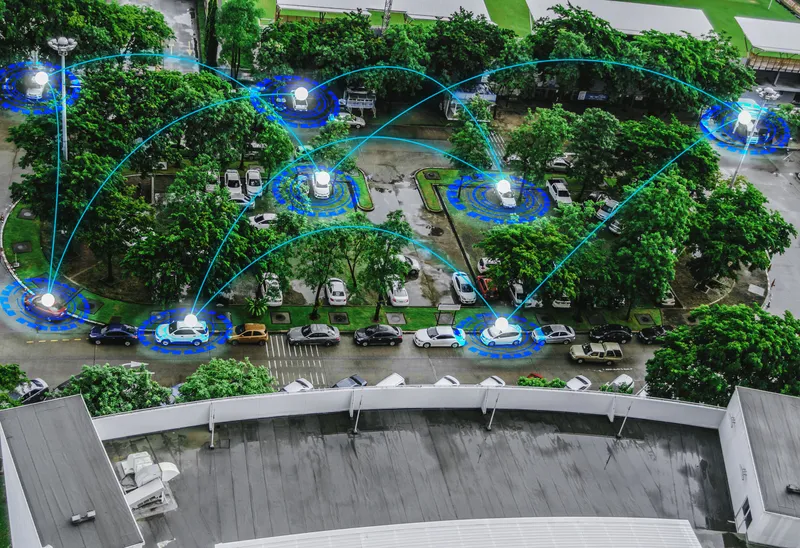Vehicle 2 Infrastructure technology informs the driver when the service is available. The driver uses a mobile phone application to activate the autonomous parking system and then leaves the car. The vehicle uses sensors to locate and navigate to a free parking space. The procedure is reversed when the driver comes back to pick up the car.
Volvo says that combining autonomous driving with detection and auto brake for other objects makes it possible for the car to interact safely with other cars and pedestrians in the car park. Speed and braking are adapted for smooth integration in the parking environment.
"Autonomous parking is a concept technology that relieves the driver of the time-consuming task of finding a vacant parking space. The driver just drops the vehicle off at the entrance to the car park and picks it up in the same place later," says Thomas Broberg, senior safety advisor Volvo Car Group. "Our approach is based on the principle that autonomously driven cars must be able to move safely in environments with non-autonomous vehicles and unprotected road users."
Volvo demonstrates its ingenious self-parking car
Volvo Car Group has developed what it claims is an ingenious concept for autonomous parking. The concept car finds and parks in a vacant space by itself, without the driver inside. The smart, driverless car also interacts safely and smoothly with other cars and pedestrians in the car park. Vehicle 2 Infrastructure technology informs the driver when the service is available. The driver uses a mobile phone application to activate the autonomous parking system and then leaves the car. The vehicle uses sensors
June 21, 2013
Read time: 2 mins









